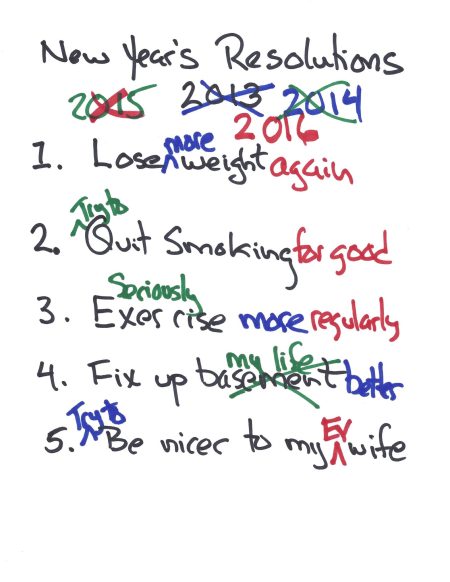[et_pb_section fb_built=”1″ admin_label=”section” _builder_version=”4.16″ locked=”off” global_colors_info=”{}” da_is_popup=”off” da_exit_intent=”off” da_has_close=”on” da_alt_close=”off” da_dark_close=”off” da_not_modal=”on”...
Read More[et_pb_section fb_built=”1″ _builder_version=”4.24.0″ _module_preset=”default” da_disable_devices=”off|off|off” global_colors_info=”{}” da_is_popup=”off” da_exit_intent=”off” da_has_close=”on” da_alt_close=”off” da_dark_close=”off”...
Read More[et_pb_section fb_built=”1″ admin_label=”section” _builder_version=”4.16″ locked=”off” global_colors_info=”{}”][et_pb_row admin_label=”row” _builder_version=”4.24.0″ background_size=”initial” background_position=”top_left”...
Read More[et_pb_section fb_built=”1″ admin_label=”section” _builder_version=”4.24.0″ locked=”off” global_colors_info=”{}”][et_pb_row admin_label=”row” _builder_version=”4.24.0″ background_size=”initial” background_position=”top_left”...
Read More[et_pb_section fb_built=”1″ admin_label=”section” _builder_version=”4.16″ locked=”off” global_colors_info=”{}”][et_pb_row admin_label=”row” _builder_version=”4.24.0″ background_size=”initial” background_position=”top_left”...
Read More[et_pb_section fb_built=”1″ admin_label=”section” _builder_version=”4.16″ locked=”off” global_colors_info=”{}”][et_pb_row admin_label=”row” _builder_version=”4.24.0″ background_size=”initial” background_position=”top_left”...
Read More[et_pb_section fb_built=”1″ admin_label=”section” _builder_version=”4.16″ locked=”off” global_colors_info=”{}”][et_pb_row admin_label=”row” _builder_version=”4.24.0″ background_size=”initial” background_position=”top_left”...
Read More[et_pb_section fb_built=”1″ admin_label=”section” _builder_version=”4.16″ locked=”off” global_colors_info=”{}”][et_pb_row admin_label=”row” _builder_version=”4.24.0″ background_size=”initial” background_position=”top_left”...
Read More[et_pb_section fb_built=”1″ admin_label=”section” _builder_version=”4.16″ global_colors_info=”{}” locked=”off”][et_pb_row admin_label=”row” _builder_version=”4.24.0″ background_size=”initial” background_position=”top_left”...
Read More[et_pb_section fb_built=”1″ admin_label=”section” _builder_version=”4.16″ locked=”off” global_colors_info=”{}”][et_pb_row admin_label=”row” _builder_version=”4.24.0″ background_size=”initial” background_position=”top_left”...
Read More[et_pb_section fb_built=”1″ admin_label=”section” _builder_version=”4.16″ locked=”off” global_colors_info=”{}”][et_pb_row admin_label=”row” _builder_version=”4.24.0″ background_size=”initial” background_position=”top_left”...
Read More[et_pb_section fb_built=”1″ admin_label=”section” _builder_version=”4.16″ locked=”off” global_colors_info=”{}”][et_pb_row admin_label=”row” _builder_version=”4.24.0″ background_size=”initial” background_position=”top_left”...
Read More[et_pb_section fb_built=”1″ admin_label=”section” _builder_version=”4.16″ locked=”off” global_colors_info=”{}”][et_pb_row admin_label=”row” _builder_version=”4.24.0″ background_size=”initial” background_position=”top_left”...
Read More[et_pb_section fb_built=”1″ admin_label=”section” _builder_version=”4.16″ locked=”off” global_colors_info=”{}”][et_pb_row admin_label=”row” _builder_version=”4.24.0″ background_size=”initial” background_position=”top_left”...
Read More[et_pb_section fb_built=”1″ admin_label=”section” _builder_version=”4.16″ locked=”off” global_colors_info=”{}”][et_pb_row admin_label=”row” _builder_version=”4.24.0″ background_size=”initial” background_position=”top_left”...
Read More[et_pb_section fb_built=”1″ admin_label=”section” _builder_version=”4.16″ locked=”off” global_colors_info=”{}”][et_pb_row admin_label=”row” _builder_version=”4.24.0″ background_size=”initial” background_position=”top_left”...
Read More

























